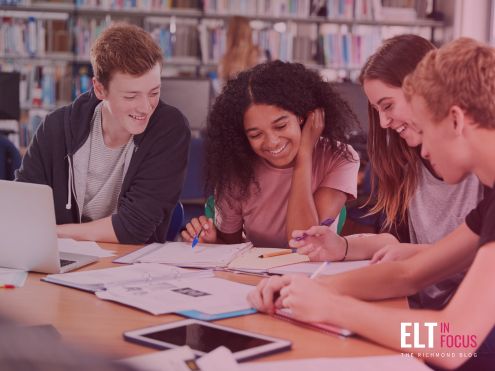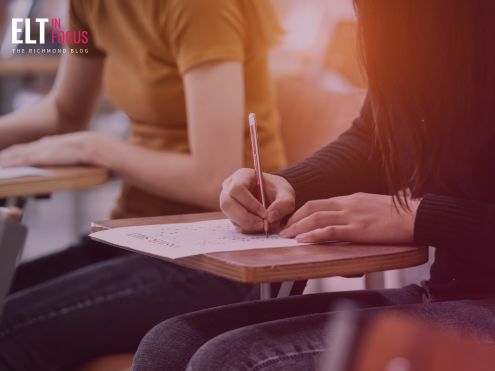In the world of education, there has always been a drive for teachers to create and mould students into independent thinkers and learners who can stand on their own two feet. As both a Career and Well-being Coach and a Teacher, I fully understand that empowering the client or the student is the key to their true, long-term growth. Guiding others to help them reach their answer for themselves is where the magic happens! This may be all well and good in an ideal world, but in the real world where learning objectives must be reached and exams need to be prepared for, teachers do not have the time!
However, whenever I do focus on creating more student autonomy, I am always reminded of the enormous benefits that it gives to my students. I see that when more autonomy is encouraged, they have more freedom to take charge of their learning journey, to apply what they have learned to their real world, and to assume more responsibility in terms of how they work in the classroom.
I have also found that, regardless of the stage in the academic year, encouraging student autonomy has a positive impact on learning, behaviour, and class cohesion. Furthermore, I have noted that students are not only more receptive later on in the academic year, but they are more capable of being independent and supporting each other.
Empowering your students to be autonomous learners has numerous and widespread benefits such as:
- Boost motivation and deepen learning: When students feel like they're in the driver's seat, they're more likely to get excited about learning. By having more ownership of the learning process, they have more “buy-in” and a greater investment in terms of the outcome, which can really incentivize and encourage them to seek a deeper level of understanding.
- Increased confidence: Students become more confident in their knowledge and skills as they have more of an opportunity to use them, which can also boost the teacher’s own confidence in their own class’s abilities! (This has definitely happened to me!)
- More time and space to observe student progress: Setting up activities to maximise student involvement means that there is more room for the teacher to observe and see how the students are applying what they’ve learnt and provides more opportunities for teachers to share constructive feedback.
Hopefully, you’re with me in terms of the importance of empowering autonomy in your students, so now let’s have a look at some practical techniques you could use to further encourage their independent learning.
- Let them choose (from your menu): Instead of telling students exactly what to do all the time, why not give them some learning objective-appropriate options? This can range from simply giving them the choice of doing activity A or B first, to allowing them more choice about who they work with and even how long they have to complete an activity. By giving them options, you’re collaborating with the students and facilitating their active involvement in the learning process.
- Listen up and let go: Students can have awesome ideas, so perhaps in the classroom they could be listened to more and allowed to implement some of their ideas. Some of my most successful classes have been when I’ve let go of “my way” of doing things and handed over some of the control to the students. They will really appreciate the opportunity.
- Exploiting feedback: Feedback is an extremely useful tool to encourage autonomy. Techniques such as peer checking and mixing up feedback by giving one person in the group the answers and then having them guide the other students there, as well as sharing students' writings and projects and getting them to choose the (unofficial) mark scheme. Another simple technique is inviting the students themselves to write the answers on the board and then give the pen to a classmate.
These techniques can really shift the dynamic of the classroom and put the student at the heart of it.
Empowering students and seeing them use what they have learnt is truly one of the most rewarding things about being in the classroom. By placing student empowerment and autonomy at the centre of their learning, you will be facilitating a deeper, more personal and more powerful education for your students. As educators, it is our privilege and responsibility to support our students by helping them to support themselves and their futures as best we can. When students are empowered and independent learners, you will have been part of helping to foster key skills for a successful lifelong learning journey.









